As with all fruits and vegetables, wash avocados before cutting. Check out our tips for how to choose and use California Avocados
In type 2 diabetes, the body’s ability to use insulin, an important hormone involved in helping the body use blood glucose (blood sugar), is impaired, causing levels to rise higher than normal. Choosing a balanced diet can help with blood glucose management.
Eating right with type 2 diabetes can be surprisingly simple! If you are living with type 2 diabetes, it’s important to speak to your doctor to determine what’s right for you. As a Registered Dietitian and Certified Diabetes Educator, I encourage patients and clients with type 2 diabetes to approach their diet with a positive mindset: focus on the foods you can eat, instead of those to avoid or limit.
Avocados and Diabetes
The unique nutrient profile and versatility of California Avocados make them a smart addition to meals and snacks for people with type 2 diabetes. At 50 calories per ounce (one-fifth of a medium avocado) and contributing nearly 20 vitamins and minerals, nutrient dense California Avocados can help meet the ADA’s Standards of Medical Care 2015 goal that adults with diabetes choose a variety of nutrient-dense foods in appropriate portion sizes to improve overall health. Nutrient dense foods are those that provide substantial amounts of vitamins, minerals and other nutrients with relatively few calories – like California Avocados do!
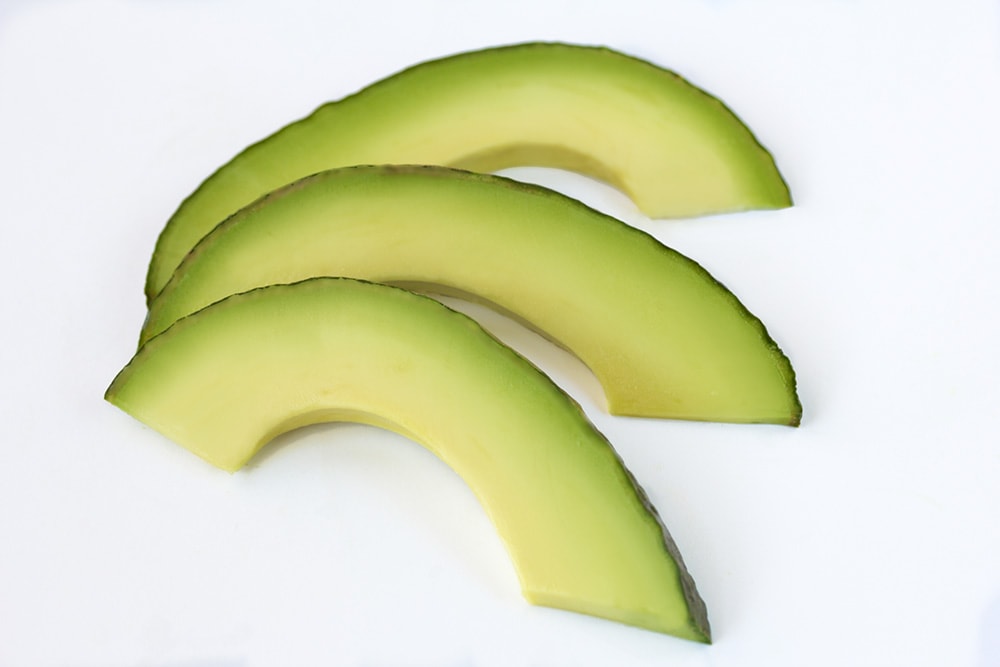
Frequently Asked Questions
California Avocados and Type 2 Diabetes
Here are a few common questions about the role of avocados in a diet for individuals with type 2 diabetes:
What is the glycemic index (GI) of California Avocados? How do California Avocados impact blood glucose levels?
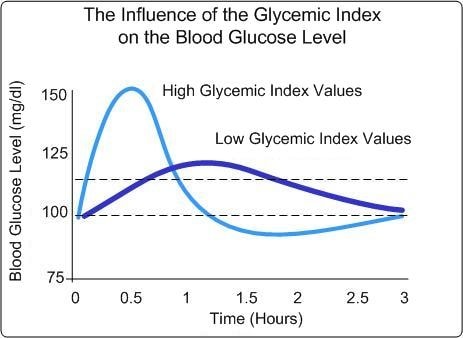
Avocados are not included in the international table of glycemic index and glycemic load values because researchers classified them as one of the foods with little or no carbohydrate that even when consumed in large amounts is not likely to induce a significant rise in blood glucose. (Avocados have three grams of carbohydrate, including two grams from dietary fiber, per 1-oz. serving).
I have heard I shouldn’t eat fruit with diabetes, is that true?
Avocados are a fruit, and according to the ADA people with type 2 diabetes can enjoy fruit as part of their meal plan. Fruit can be a valuable source of nutrition, and a 1-oz. serving of California Avocado provides 8% of the recommended Daily Value (DV) for fiber, 8% vitamin K, 6% folate, 4% vitamin E, 4% vitamin C, 4% potassium and 2% iron.
How many exchanges are in one serving of California Avocados?
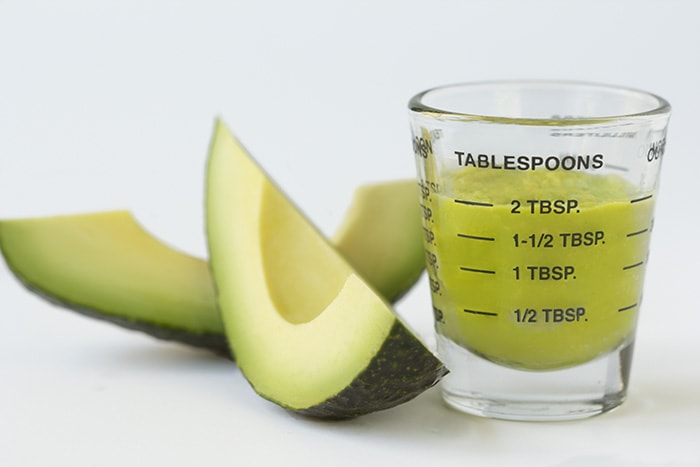
The 2014 update to the Choose Your Foods: Food Lists for Diabetes has replaced the word “exchange” with “choice.” A single 1-oz. serving of avocado is considered one unsaturated/monounsaturated fat choice.

With type 2 diabetes should I avoid avocados because of their high fat content?
Avocados do provide dietary fat, however, the type of fat you consume is more important than total fat. The fat in avocados is mostly monounsaturated fat, which is considered a “good” type of fat. The ADA recommends eating more monounsaturated and polyunsaturated fats and less “unhealthy” saturated or trans fats in your diet.
Mastering Diabetic Meal Planning
Incorporating California Avocados
I love helping people with type 2 diabetes integrate a variety of foods, like California Avocados, into meal plans that they can enjoy and that may help them manage their blood glucose levels.
California Avocados are quite versatile and can be incorporated into a nutrient-dense breakfast, an easy lunch on-the-go, or a savory soup for weeknight dinners at home. The dietary fiber and “good” fats in California Avocados also make them a beneficial snack choice. And if you plan your meals appropriately, you can even make room for a small serving of dessert (e.g. ½ cup frozen yogurt, 1/3 cup ice cream, 3 gingersnap cookies).
Get Cooking
California Avocado Recipe Ideas
Cooking and preparing your own food is one of the best ways to control your diet for diabetes. The California Avocado Commission has a variety of delicious recipes that can fit into a balanced eating plan for people with type 2 diabetes. Here are some of my favorites:
Breakfast
California Avocado Quinoa Breakfast Bake (gluten-free) 170 cal, 12 g carb, 2 g fiber

Eggs-traordinary California Avocado Breakfast Muffins 90 cal, 4 g carb, 2 g fiber

Power Hour Pick-Me-Up Smoothie 90 cal, 13 g carb, 2 g fiber
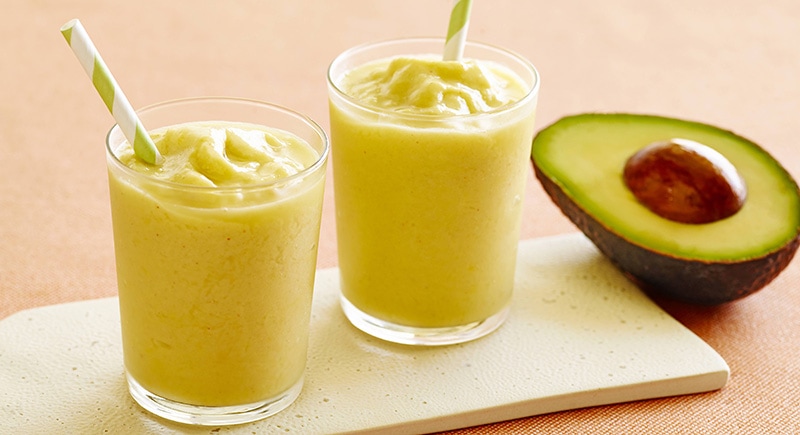
Lunch or Dinner
Black Bean Sliders with Creamy California Avocado Sauce 170 cal, 20 g carb, 5 g fiber
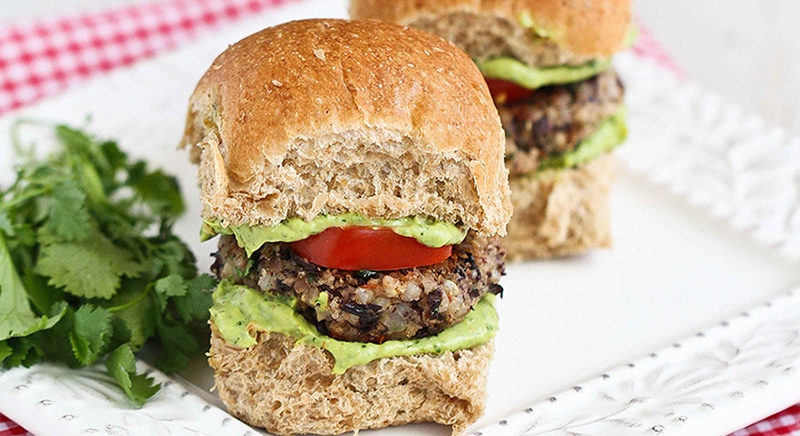
Spinach Salad with Pan-Seared Salmon, Oranges, Red Onion, and Avocado 580 cal, 25 g carb, 11 g fiber
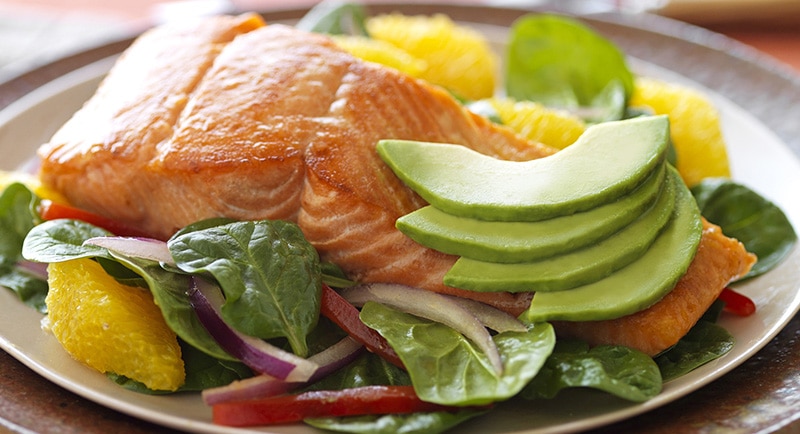
California Avocado Spiked Corn Soup 250 cal, 25 g carb, 9 g fiber
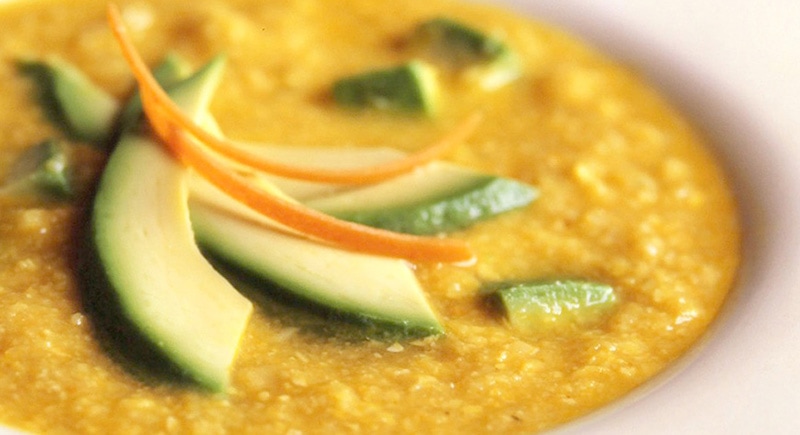
Desserts
California Avocado Raspberry Pops 150 cal, 19 g carb, 5 g fiber
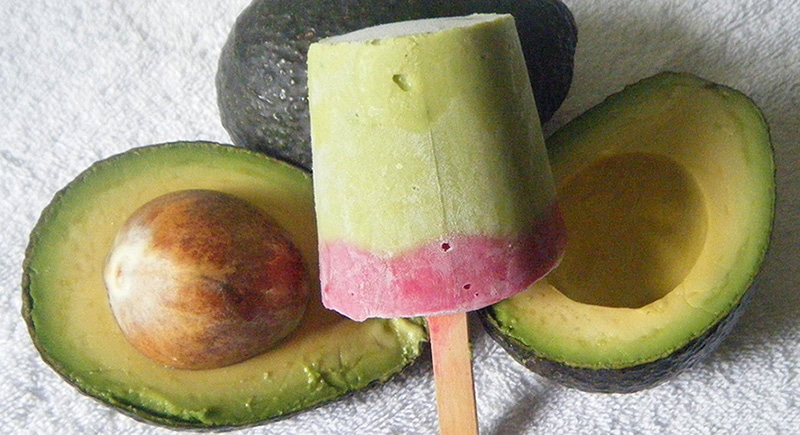
California Avocado Yogurt Key Lime Pie 220 cal, 27 g carb, 2 g fiber

Gluten Free Zucado Bread 200 cal, 36 g carb, 43 g fiber
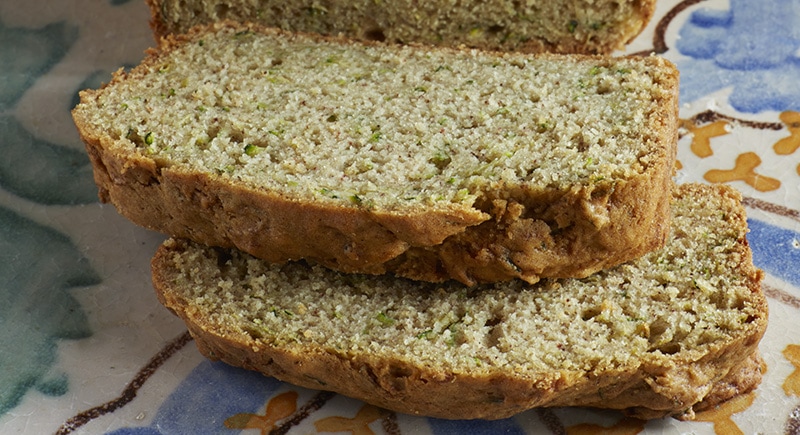
Snacks
California Avocado Hummus 140 cal, 11 g carb, 5 g fiber
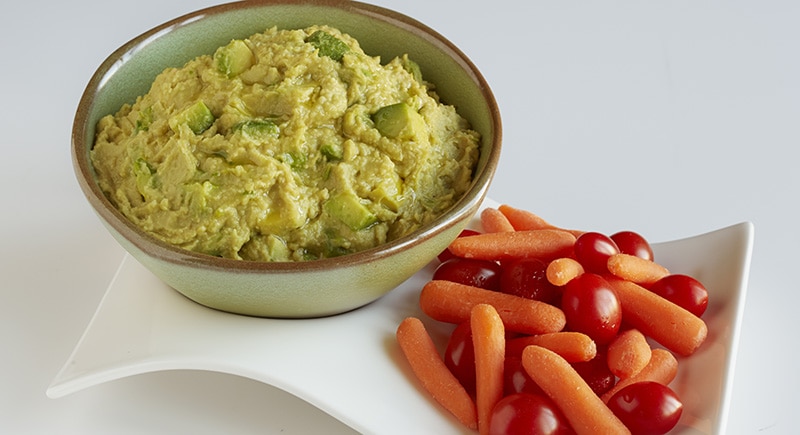
California Avocado Red, White, and Blueberry Salsa 100 cal, 11 g carb, 3 g fiber
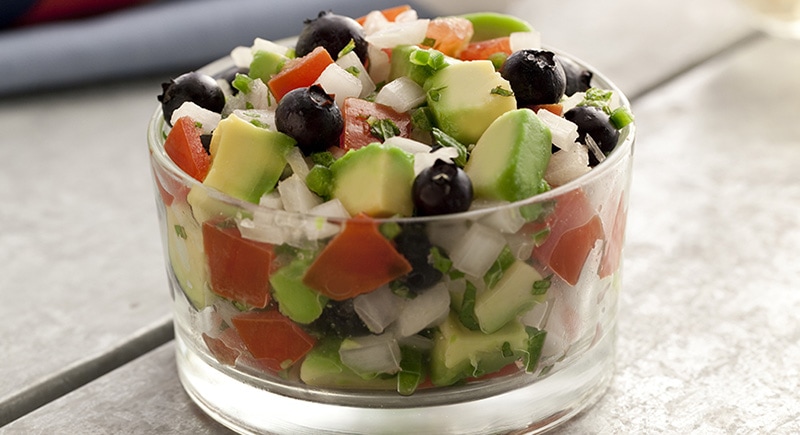
California Haas Family Guacamole 160 cal, 11 g carb, 7 g fiber
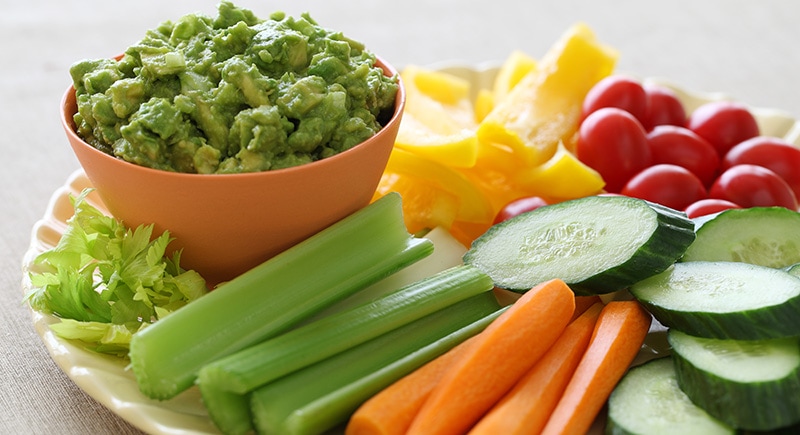
Do you have any questions about diabetes? Feel free to drop in a comment or reach out to me on Twitter at @fiberfriendly.
“” “”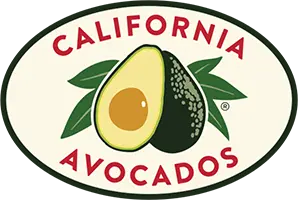


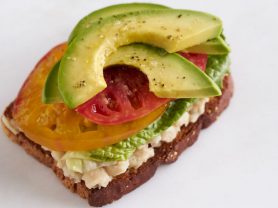
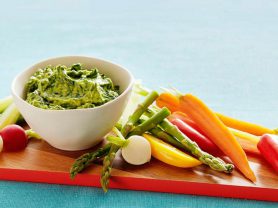
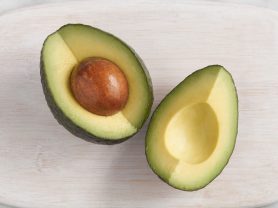
Comments